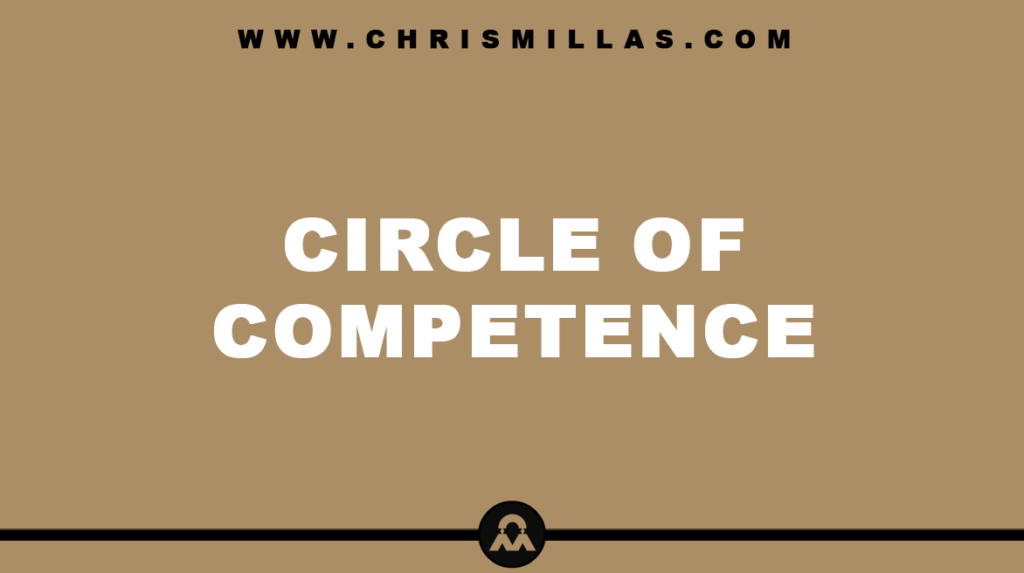In this post, we’ll unpack all you need to know about economic moats, defining exactly what they are, narrow versus wide moats, why they’re important, the different types and more.
What Is An Economic Moat?
An economic moat is a phrase used to describe anything that allows a company to protect itself from competitors and secure its market position for prolonged periods.
The same way a water moat protects a castle from external threats (armies) is the same way an economic moat protects a company from external threats (competitors).
The Difference Between An Economic Moat & A Competitive Advantage
An economic moat is anything that gives a company an edge over its competitors for long periods of time. It is hard for competitors to replicate and is therefore sustainable.
An competitive advantage is anything that gives a company an edge over its competitors for short periods of time. It is easy for competitors to replicate and is therefore unsustainable.
While all economic moats are considered competitive advantages, not all competitive advantages are durable enough to be considered economic moats.
Narrow Versus Wide Moats
The strength of an economic moat depends on whether it is narrow or wide.
A narrow economic moat provides a company with short-term protection. A wide economic moat provides a company with long-term protection.
A company’s economic moat is constantly in flux ― it is either narrowing or widening.
Why Are Economic Moats Important?
In a fiercely competitive business world, companies are constantly vying for market share. Thus, economic moats defend companies from competitors and ensure consistent and prolonged profitability.
Those with strong moats can maintain and even grow their market share without compromising on profitability.
What Are The Different Types Of Moats?
There are many types of economic moats. Below are 5 of the most common.
- Brand Loyalty: A company with a strong brand has a moat because it makes it difficult for customers to switch to competing products.
- Network Effects: A company that benefits from network effects has a moat because the value of its product or service increases as more people use it.
- Cost Advantages: A company that has lower costs than its competitors has a moat because it can generate higher profits at the same price.
- Switching Costs: A company that creates high switching costs for its customers has a moat because it makes it difficult for customers to switch to competing products.
- Intangible Assets: A company that owns valuable intangible assets such as patents or copyrights has a moat because it is difficult for competitors to replicate those assets.
Summary (TL;DR)
An economic moat is anything that protects a company from its competitors and secures its market position for prolonged periods. While all economic moats are considered competitive advantages, not all competitive advantages are considered economic moats.
The strength of an economic moat is determined by its longevity and protective power.
Some of the most common economic moats include brand loyalty, network effects, cost advantages, switching costs and intangible assets.







